Alicia Karnsouvong spent the first weeks of the fall semester going to Starbucks coffee shops and local libraries to find a strong enough wifi signal for her sons to sign into their online classrooms.
Karnsouvong had an internet connection at her Richmond, California, home, but it was spotty and unable to handle the increased use that came with daily digital learning. Setting up a time for someone to come fix her connection was almost impossible.
“We tried to reboot it, my first grader tried to log in on my phone, we tried to go to Starbucks and the library but all the other people who had wifi issues were going to the same places as me. It was hard.”
Bouncing from location to location made the mother of three “feel homeless”.
Karnsouvong was also struggling in other ways. She works as a hairstylist and was out of work in the first months of the pandemic because of the Bay Area’s strict coronavirus restrictions. While the lockdown brought financial strain, the time off gave Karnsouvong a chance to spend time at home and set up a makeshift classroom for her sons in first and second grade, and her 12-year-old brother.
Linker
By the start of the school year in August, though, Richmond salons had reopened and Karnsouvong was back at work. She cut her hours by more than half to be home with the children, and was seeing clients later in the evening. But fixing the wifi issue proved a daunting challenge.
Karnsouvong requested a school district-issued wifi hotspot, but by the time she received it the county had already classified her seven-year-old son as chronically absent.
“He was still doing the work, and I contacted the school several times about the wifi, but they still sent me a truancy letter.” Karnsouvong recalled. “I was mad because it made me look like I was a bad parent.”
Karnsouvong is one of many parents in Richmond for whom juggling online schooling for her children and the economic realities of the coronavirus pandemic has been near to impossible.
When the West Contra Costa unified school district (WCCUSD), which Richmond schools belong to, first shut down in-class instruction in early-March, 750 of their students never picked up their school-issued laptops or signed into their online classes, according to Marin Trujillo, WCCUSD’s community engagement coordinator.
The sudden drop-off prompted a fact-finding mission to understand why students had disappeared. “We organized semi-welfare checks where we had to go one family at a time,” Trujillo said. “We saw how economic anxiety can get in families’ way, some had trouble connecting to the internet. The need was very great.”
Some kids I stopped seeing, some kids I’ve never seen
Patrick Jimenez, history teacher
District staff and officials said they have connected with most of these “missing” youth over the summer. But now, more than halfway through the first semester, teachers say last year’s troubling pattern of chronic absenteeism is repeating itself.
The reasons students miss school regularly vary, but state data shows that students living in poverty and dealing with homelessness are most likely to be absent. Even before the coronavirus, absenteeism numbers in Contra Costa schools were high – a 2016 grand jury report found that the county’s public schools ranked 46th out of 58 California counties for having the worst levels of truancy. Latino, Black, disabled and homeless students represent the lion’s share of truant students, according to the most recent state data.
The pandemic added new factors driving absenteeism, including practical problems like spotty internet access and out of date immunization records.
This semester administrators are starting from square one and can’t locate an estimated 2,000 students, according to county board of education trustee Fatima Alleyne.
•••
Nowhere in the county is absenteeism worse than in Richmond. More than half of the 4,867 students that have been marked as “chronically absent” in the district live in the city, as do the majority of the district’s homeless, foster and disabled youth, according to data WCCUSD provided to the Guardian.
Special needs students are falling behind. Can US parents manage more lockdowns?
Read more
“Our students are the most vulnerable students: ones with moderate to severe disabilities, some are incarcerated, some live in multifamily homes and don’t have access to the internet,” Alleyne said.
WCCUSD officials say that the coronavirus crisis has forced them to revisit the strategies they traditionally used to deal with absent students.
Trujillo also oversees the district’s student welfare and attendance department, and says that Covid-19 has forced the department to shift from a punitive approach to one of “empathy and curiosity”.
Our students are the most vulnerable students: ones with moderate to severe disabilities, some are incarcerated
Fatima Alleyne
Before online learning, WCCUSD would first send parents truancy letters, like the one Karnsouvong received, and then refer truant students and family to a review board. As a final resort, local courts would get involved.
Trujillo says that this time around, the district has changed its tone. “Last year our truancy letters were very blame-y and sounded like we were collecting a bill,” he said. “Now the messaging is ‘we miss you, let us know if you need help.’”
The district has also deployed district-community liaisons, a cohort of parent volunteers turned paid employees who help Trujillo’s office spread the word about district happenings.
Community workers have organized, too, in an effort to reach the most at-risk students. Richmond native Bendrick Foster, who has long worked on issues like absenteeism and gun violence, recently opened the doors of his “research lounge”. Within the center’s four red walls, Foster has set up workspaces where kids can do their schoolwork, get a meal and see friends they’ve missed since March. Foster, who works as a violence interrupter in the city, describes the students he tries to help as “ the ones who are being left out”.
“All of my kids are affected by gun violence in the city. A lot of the kids I was dealing with had been incarcerated and already had issues with school and truancy. I opened a place that allows them to be free and social distance.”
He continued: “The kids and parents have been let down by so many people, and I try to let them know sometimes you have to have someone hold your hand.”
But it remains an uphill battle. History teacher Patrick Jimenez says attendance in his virtual classroom has dropped by a third. He worries that at-risk students this year will completely “fall off the radar”.
“Some kids I stopped seeing, some kids I’ve never seen,” said Jimenez, who teaches at El Cerrito high school, a school right outside Richmond that is populated by many of the city’s students.
“It’s disheartening and heartbreaking because there are more chances for students to get into trouble,” he said.
Alleyne, the board of education trustee, fears that the district will lose students to the criminal justice system if it can’t buck the trend.
Karnsouvong, the parent who received the truancy letter, says she has tried to help clients with school-age children navigate the perils of online learning. She has even allowed parents to drop children off at her home to get their hair done and use her wifi to get some schoolwork done.
“As a mom I know the struggle and I get a lot of single parents as clients,” Karnsouvong said. “I show them that I care, and they keep coming back. That way I can continue to support my own kids.”


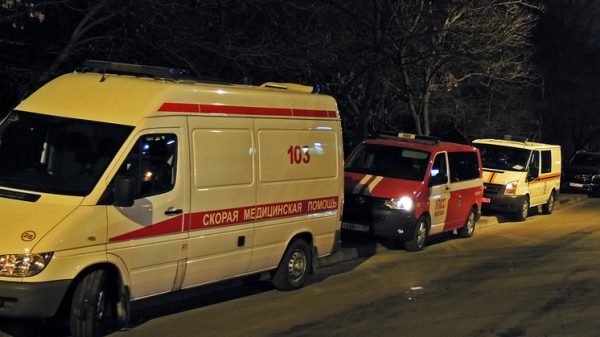
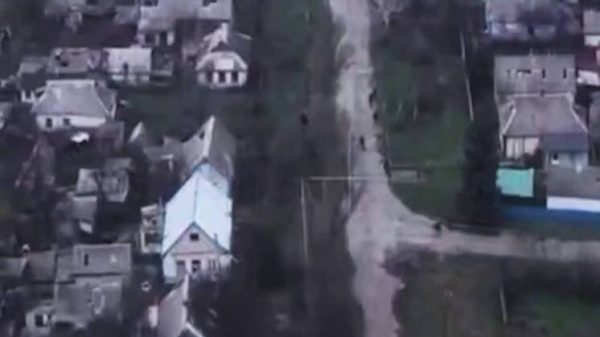






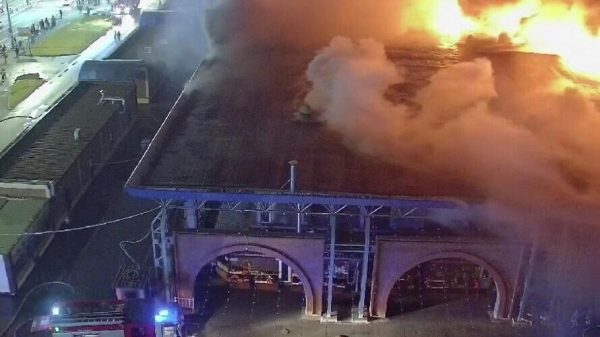
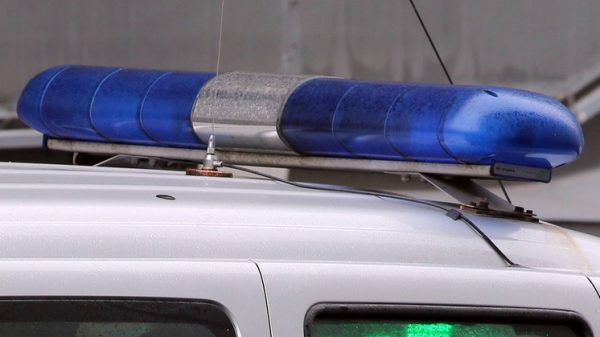

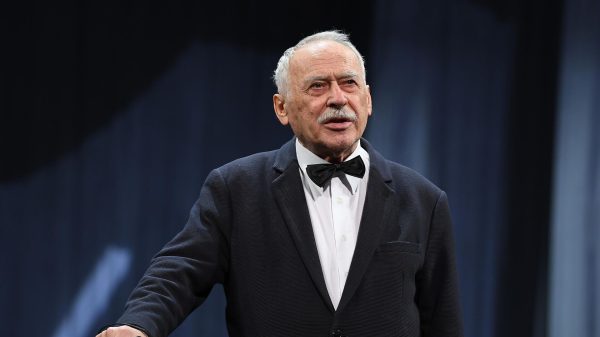




































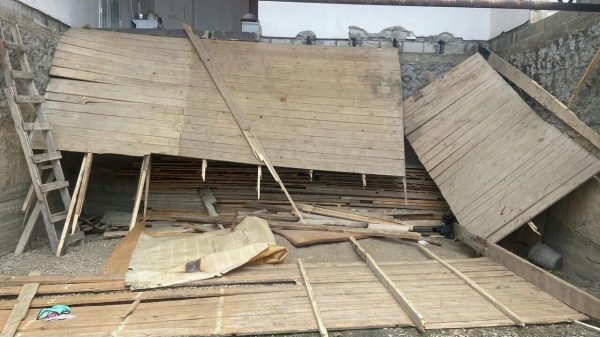
Свежие комментарии